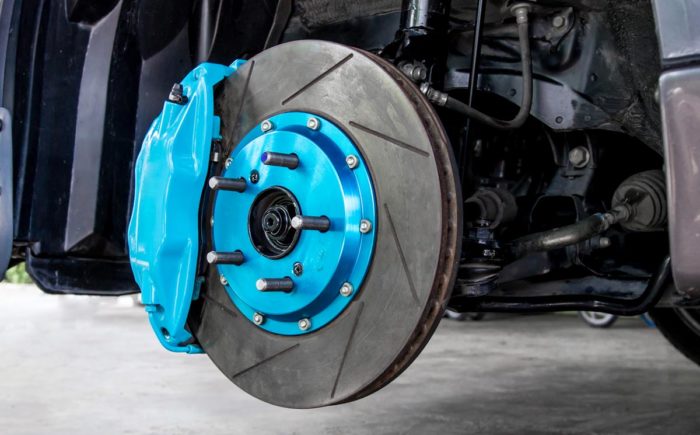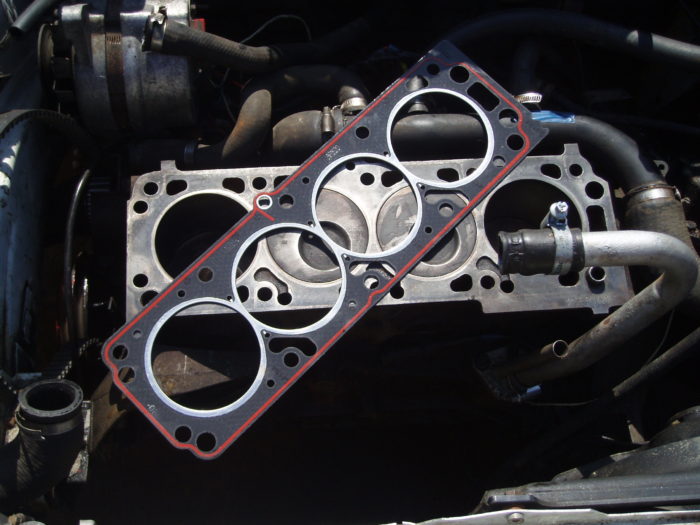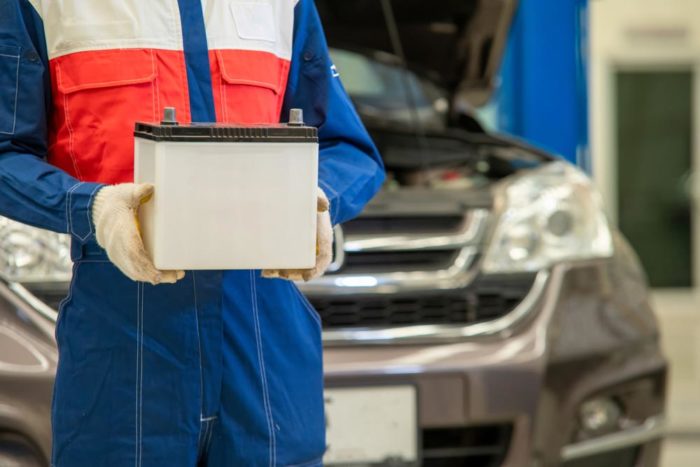The convenience of our cars is taken for granted by most of us. If you look at all the moving parts that are involved in making these machines work, you will realize that they are amazing inventions. The most interesting thing about these cars, however, is how they handle vibrations during their ride.
In a car, there are thousands of small parts that are continually rattling about inside the body of the car, causing the car to rumble and shake. In theory, you would think that we would be able to feel the vibrations of all those parts working together, but that is not always the case.
We are fortunate in that our car's transmission system can help to reduce these vibrations. Still, the real hero here is the Urethane transmission mount bracket, which is responsible for absorbing the excessive vibrations. It would be a lot less comfortable to drive the car if this motor mount could not hold the transmission in place.
What Is A Transmission Mount?
Transmission mount brackets (along with Urethane transmission mounts) secure the transmission to the chassis of a vehicle, much like motor mounts. Furthermore, they ensure the correct angles of linkages and driveshafts and control and isolate vibrations from a vehicle's driveline.
The typical transmission mount has a durable rubber bushing or urethane bushing attached to a bracket either by bolts, welding, or bonding. A secure connection is made between the whole component and the vehicle. It is common for vehicles to have one or two transmission mounts, but sometimes there are more.
Bad Transmission Mount Symptoms
The adjustable mounts are available in a variety of sizes and shapes. Each of them serves a similar purpose, however. To overcome the torque generated by the engine, they are made of high-grade rubber material and strong metal. It is important to note that the rubber dampens motor vibrations to such an extent that you will immediately notice if there is an issue. The following are five common signs to watch out for:
1. Clunking, Bashing, and Banging Sounds
When your engine sounds like it's trying to break out, that's similar to the noise caused by a loose transmission mount. The clunking is caused by metal components bashing against metal. Positions shift when the engine moves.
Good mounts anchor everything securely when they are in good condition. Their ability to hold it securely is compromised when they are giving out. There is no chance that the transmission will fall out of your car, but driving it is not an option.
The weight of the shifting transmission can damage other vital components inside the transmission. When a rear transmission mount fails, you won't hear as much noise as when the engine fails, but you'll hear a lot of clanking.
2. Thumping
The thumping sound is more prominent when you are going over bumps. It can also be caused by shifting transmissions while driving. Despite being more up-and-down than side-to-side, the motion is equally dangerous. Taking a sharp corner may be risky if the connections have loosened to this extent.
3. Excessive Vibrations
A car that shakes your teeth loose is a problem that needs to be fixed. It is possible for the excess vibrations from the engine to become intense if not managed properly. Not only will passengers be uncomfortable, but the driver will also be distracted.
4. Chassis Flex
There is a possibility that it will take some time to develop. The first thing you should notice is that something is amiss by the time this happens. It is possible for the frame of the car to bend due to weight shifts. It may be difficult for the doors to align as well if the frame becomes misshapen.
5. Difficulty Cornering
As the car moves, the engine shifts if it is loose. There is no easy way to describe this symptom. It is possible that the engine might shift to the right if you turn left, causing an imbalance in weight.
It may be difficult to pull out of that turn due to the momentum of the engine, a simple symptom to diagnose. There will be an impact on the car due to this inertial force. Under the hood, you are also likely to hear some funny noises that are coming from the engine.
Whenever you take a corner or accelerate, you'll notice that this problem is particularly noticeable. Also, you may be able to detect it if you are driving downhill, although there will only be one significant shift in that case if you are driving downhill.
Transmission Mount Replacement Cost
There will be a difference in cost depending on the model of the car and the brand of the mounts. It will cost you between $50 and $150 per mount for parts. Due to the difficulty of accessing a transmission mount, labor costs should range from $200 to $450.
There is usually a lot of work involved in the job. If the mounts are easily accessible, then you should be fine. The problem can only be fixed if many of the internal components are removed, which takes time. Your mechanic and a few other independent shops should provide you with quotes on labor. The total cost of replacing the transmission mount will range from $250 to $600.
In addition, it is a good idea to replace all the mounts at the same time. If the job is large, it might be more efficient to use this method. In the event of one mounting failing, the others will not be far behind, as they should last about the same amount of time.
Towing should also be included in your budget if your car is in this condition. You won't know exactly how badly damaged the car is until it has been repaired. Your mechanic will be able to give you more information about your vehicle once the loose transmission has been inspected.
Can a Bad Transmission Mount Cause Slipping?
A loose mount can cause the transmission to slip. It's possible that the transmission could even fall out if the problem is left too long. There is a possibility that that could happen, but it is the worst-case scenario.
Taking chances in this area is not an option. Getting help is best done by pulling off to the side of the road. This is a dangerous condition for driving. When your car is in this condition, you run the risk of damaging it even more. Your vehicle's frame may be damaged if you do this.
Have you ever wondered how cars work and how they are maintained? Visit KeepDriving to learn more about why your car shakes when driving.







